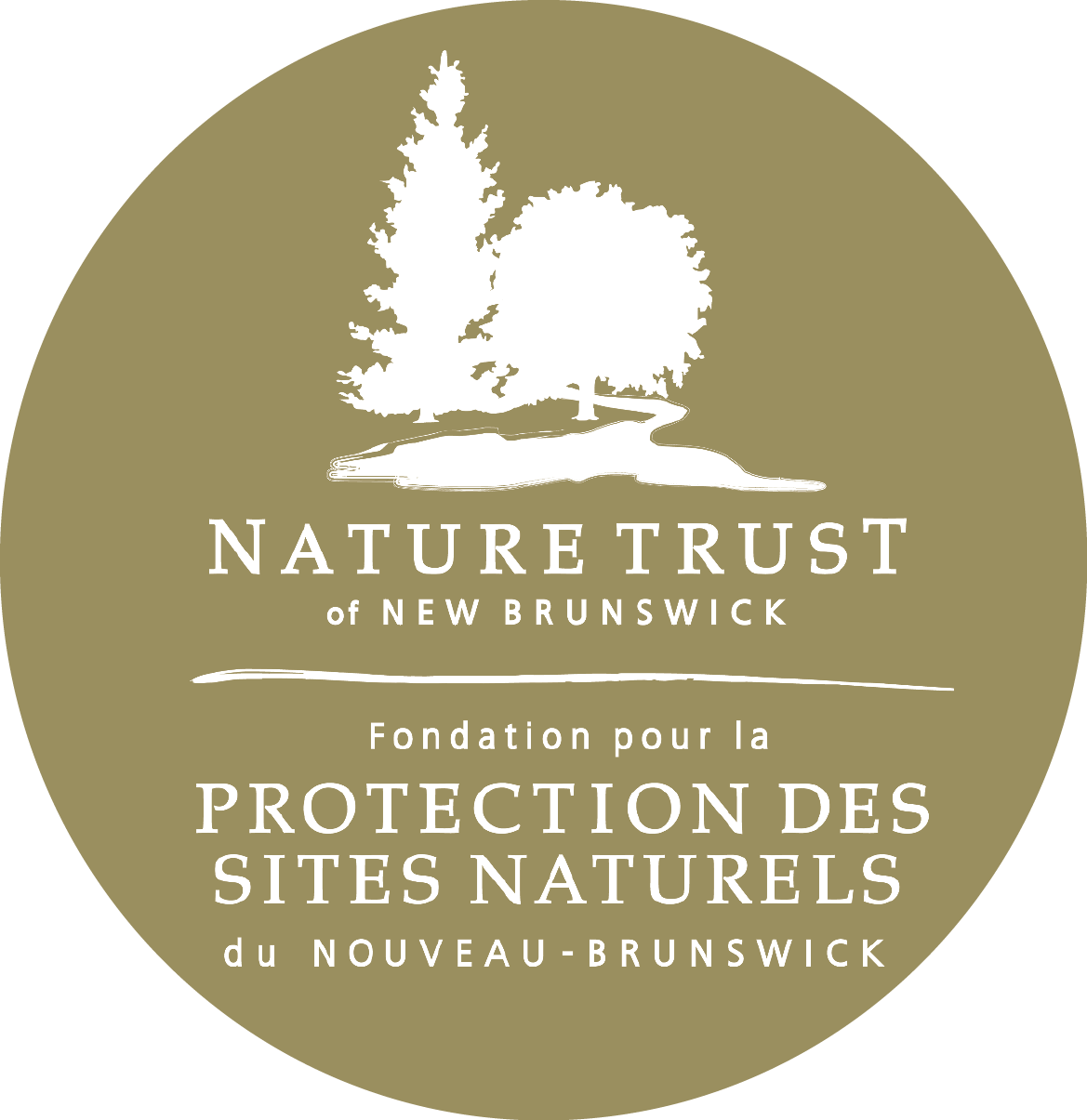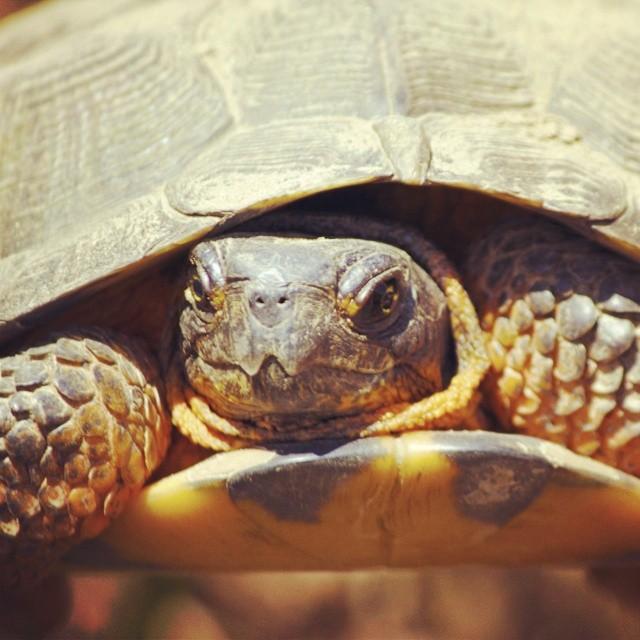Wakey, wakey, wood turtle
Wakey, wakey,
wood turtle!
Written by Rose Myatt, Communications Coordinator
Picture this: somewhere buried deep within a stream pool’s gravel bed, a little orange foot pokes out from beneath fallen woody debris. Five black claws wiggle, wriggle, and shake off the wedged-in silt and gravel between its toes, effectively “testing the waters.” Satisfied with its findings, the foot retracts, and slowly, a dish-sized, ridged carapace emerges from the depths of the riverbed, pushing away piled-up debris accumulated during the cold months.
Starved from its months-long slumber, the creature has only one thing on his mind: food. The yellow and black-plastroned being sets out on its quest to find food—some aquatic vegetation or small invertebrates will have to do until the yummier plants and berries are in season.
This scene is currently happening all over Maritime riparian habitats, as late March announces the end of winter hibernation for our endemic and at-risk wood turtle (Glyptemys insculpta).
Globally, wood turtles (Glyptemys insculpta) are listed as ‘endangered’ by the International Union for Conservation of Nature, and classified as ‘threatened’ by the federal government’s Committee on the Status of Endangered Wildlife in Canada (COSEWIC) since 2007. This means that without some form of action, they could disappear from Canada or the entire planet.
Wood turtles live near clear rivers and streams with sand or gravel bottoms. In our climate, they emerge from hibernation in late March to April, but their active season is mostly from late April to November. They usually nest in June on gravel or sand riverbanks, but sometimes nest in gravel pits or along the shoulders of roads. During the summer, they usually forage near the water for food such as worms, slugs, and berries.
Wood turtle near a river in New Brunswick.
Wood turtles are very long lived—up to 85 years in the wild! They do not lay many eggs, however, and are easily disturbed while nesting. Only a small proportion of juveniles reach reproductive maturity, which can take 14 years or more. Their biggest threats are loss of riverside habitat with natural vegetation due to urban development and forestry practices, transportation corridors (such as vehicle collision on roads), nest destruction via agricultural tilling, illegal collection, and increased predation rates from their primary predators:; raccoons, coyotes, and foxes.
The Nature Trust is not only dedicated to protecting ecologically significant habitat for this at-risk species, but has also devoted a multi-year project aiming to protect wood turtles through education, public engagement, and hands-on work with landholders to help them take care of wood turtle habitat on their land.
How can you help?
Allow wood turtles to stay in the wild where you find them. Maintain natural vegetation along waterways and minimize alterations to shoreline habitat. Be watchful for turtles on roadways and avoid using ATVs in wood turtle nesting habitat (patches of sand or gravel along riverbanks). Farmers can prevent wood turtle deaths by raising the cutter bar on mowers by 6” for the first passes near waterways, and aligning crop rows parallel to the watercourse to keep turtles from entering fields.
Wood turtles are known to leave behind the gift of restoration, acting as “wetland janitors” who eat dead plants, insects and animals, and allowing new plants and ecosystems to grow by spreading seeds and fertilizing soil with their droppings!
Classified with a high threat level by Canada’s endangered species watchdog, wood turtles are expected to decline by up to 70 per cent over the next century if the threats they’re facing persist. With only an estimated 1,825 to 7,300 adult wood turtles alive in New Brunswick today, we can’t afford to let that happen. Let’s all do our part to ensure this colourful amphibian continues to wiggle its way out of riverbeds across New Brunswick for generations to come!
Are you a landholder in New Brunswick who thinks you may have wood turtle habitat on the property?
We’d love to help you learn more about this important North American species and how you can help ensure its survival while maintaining a healthy, productive forest.



